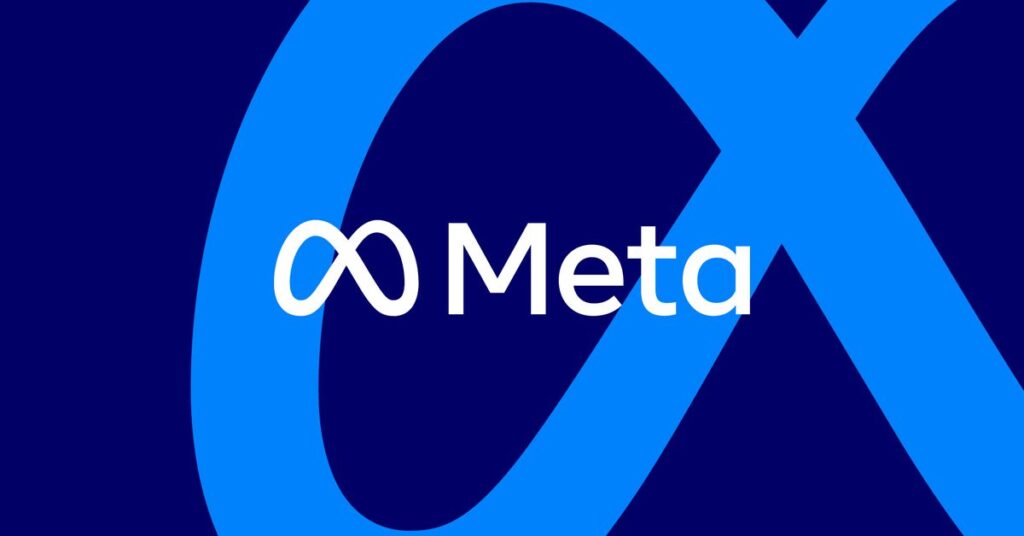Meta is turning to nuclear power to fuel its AI ambitions with the publication of a tender to collaborate with nuclear power developers.
Meta now joins Amazon, Microsoft and Google in their efforts to commission more nuclear reactors.
This is much easier said than done. The first brand new nuclear reactor built in the United States in decades started operating in 2023 – seven years late and $17 billion over budget. Developers are now designing a next-generation technology called small modular reactors (SMRs), expected to make it easier to build and site a project, thereby reducing costs. These advanced reactors are not expected to become commercially viable until the 2030s.
Meta says he’s interested in both SMRs and larger reactorsand seeks partners who “will ultimately enable, design, design, finance, construct and operate these power plants.” Its goal is to add 1 to 4 gigawatts of new nuclear generating capacity in the United States by the early 2030s. For context, 54 nuclear power plants across the country currently have a combined capacity of approximately 97 GW and generate approximately 19 percent of the American electricity mix.
After decades of aging the reactors shut downThe nuclear landscape is beginning to change as companies look for ways to generate electricity without producing the carbon emissions responsible for climate change. Nuclear power plants are increasingly seen as a carbon-pollution-free source of electricity that can replace solar and wind farms when the sun sets and winds weaken.
“We believe nuclear energy will play a central role in the transition to a cleaner, more reliable and diverse electricity grid,” Meta’s announcement said. It’s not alone.
Given the long timelines for building a new plant – and since advanced technologies will still need to prove they can work on a large scale – all these splashy nuclear deals are unlikely to help the United States meet its climate goals in the short term.


